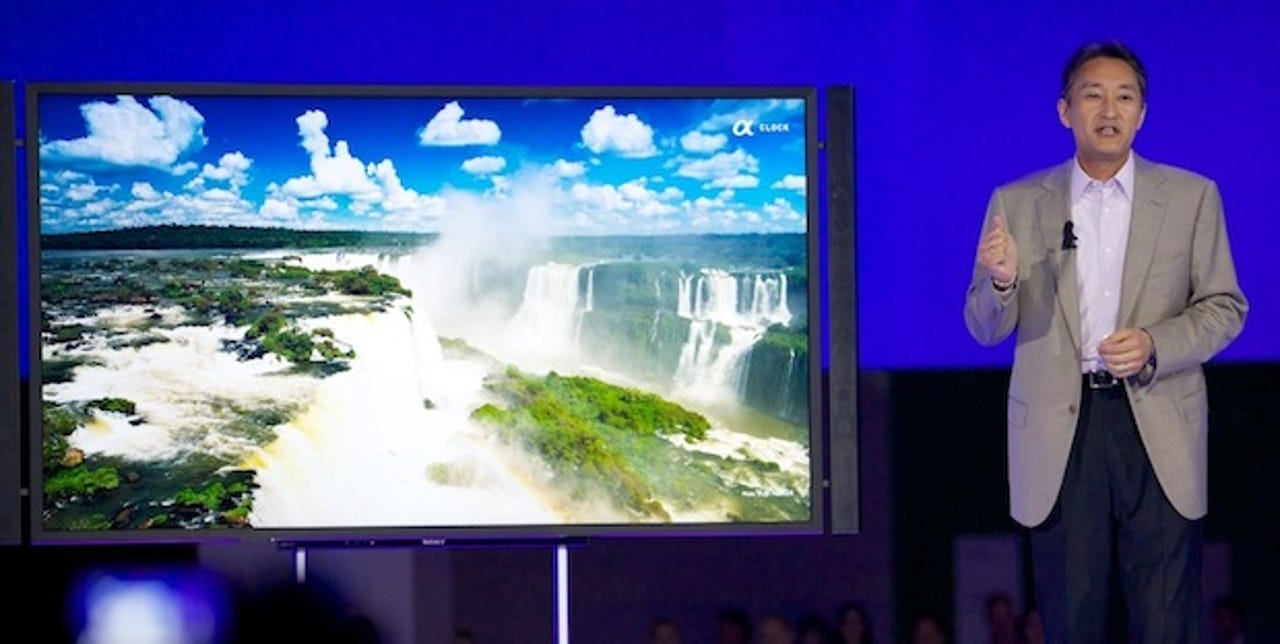The real problem with 4K TVs: Where would we put them?


It wouldn't be CES week if we didn't have a lot of chatter about the piece of consumer electronics that dominates most living rooms -- the TV. This year 4K TVs -- that is, sets with a screen resolution of 3840 x 2160 -- is all the rage.
4K is seen by the TV industry as the next big thing, and the logical follow-on to high-definition 1080p. 4K has roughly four -times the pixels of 1080p, and, in theory, can delivery a much better image.
The TV industry likes the sound of 4K because it means selling consumers a new TV to replace their 1080p TV. People don't buy new TVs as regularly as they buy a smartphone or tablet, so anything that helps drive sales is seen as a good thing. As the industry realises that 3D is dead, 4K is the only new trick they have to offer at present.
To see the benefit of 4K consumers needs screens that are larger than those found on their paltry HD-ready 1080p TVs, ideally in the region on 50- to 55-inches or bigger.
Which brings us to the problem with 4K. It's not the bandwidth requirements, or the fact that Blu-ray doesn't have enough capacity to handle 4K. The problem is a physical one -- most people don't have the space for a TV that big. While a 55-inch TV mighty look small at the at the big box retailer's store, get it home and you quickly find out just how huge it is.
Not only will owners of 4K TVs need a space big enough for the TV itself, they also need enough space in front of the set in order to be able to sit at the optimal distance away from the screen. While advice varies on how far you should sit from the screen in order to achieve the best viewing experience, one thing is inescapable is that as the screen gets bigger, that optimal viewing distance increases.
While there's no doubt a market for 4K TVs, it feels like a niche market, and is likely to have far less appeal than HD-ready TVs did. People making the switch from standard definition to high definition not only got a picture that was noticeably better, they got cool -- and useful -- features such as HDMI ports. While the picture quality of 4K displays is better, the difference compared to 1080p is small, and most will be hard pressed to see an improvement even under ideal conditions. Marginal improvements are unlikely to drive up sales.
My prediction is that the industry is going to have a hard time convincing people that they need -- or even have the room -- for 4K in their lives.